Examining the Emotional and Psychological Cost of Bullying in Schools
VerifiedAdded on 2022/12/27
|23
|2061
|63
Report
AI Summary
This report delves into the pervasive issue of bullying within school environments, focusing on its significant emotional and psychological consequences. It begins by defining bullying, outlining its characteristics, and differentiating various types, including direct, relational, and cyberbullying. The report then explores the selection of newspaper articles to highlight real-world examples of bullying's impact, including cases leading to severe mental health issues and even suicide. It meticulously details the detrimental effects of bullying on children's mental and physical health, such as feelings of insecurity, isolation, physical injuries, and sleep disturbances. The report also examines control and prevention methods, categorizing them into preventative measures like education and security technologies, and reactive solutions such as parental responses and psychological support. Furthermore, it emphasizes the importance of institutional prevention, highlighting the role of school programs and policies in reducing bullying incidents. The report concludes by reiterating the profound emotional toll bullying takes on students and underscores the need for comprehensive strategies to address and mitigate its impact. The report includes references to various books, journals, and online resources, offering a comprehensive overview of the subject.
1 out of 23

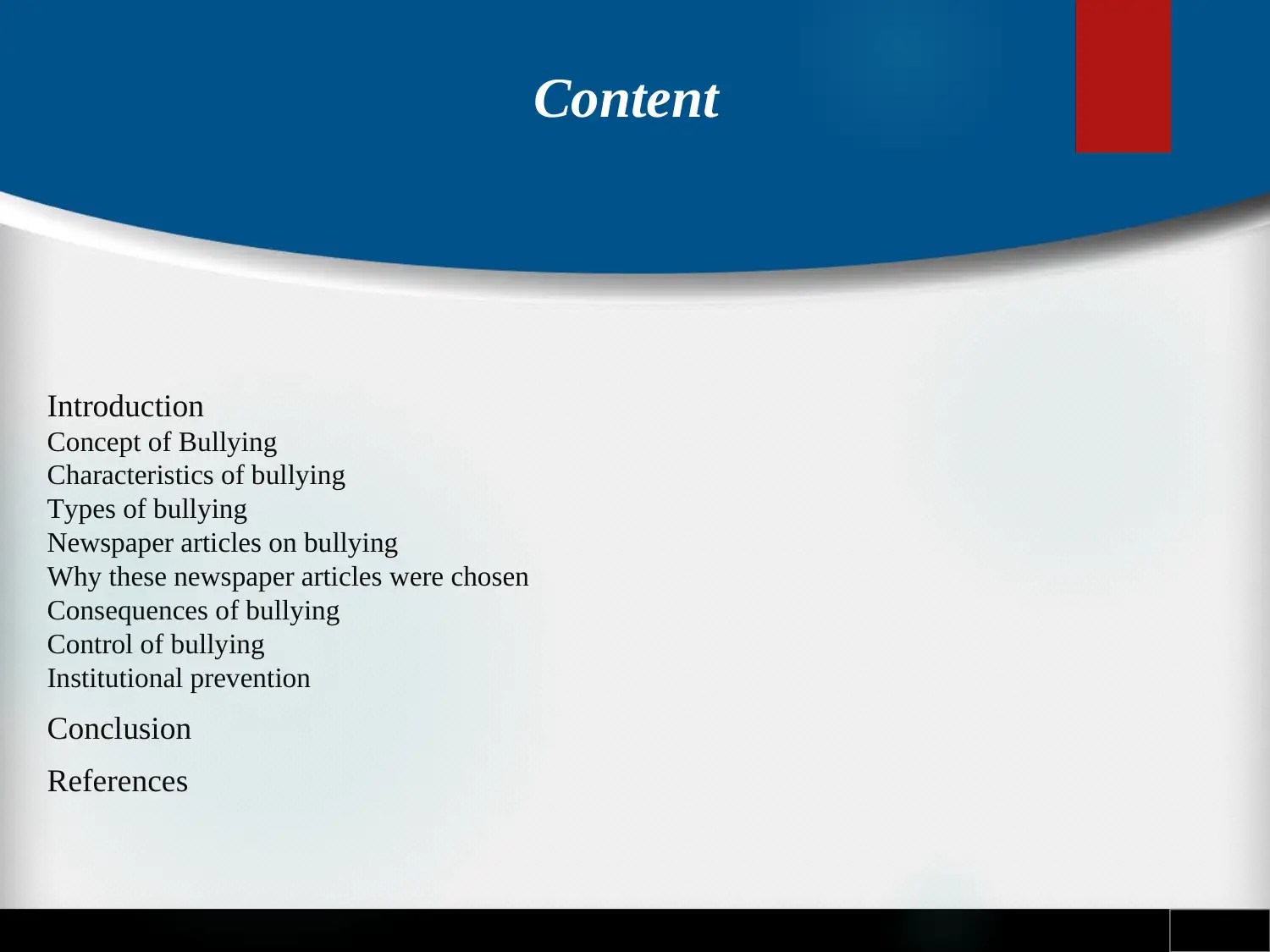
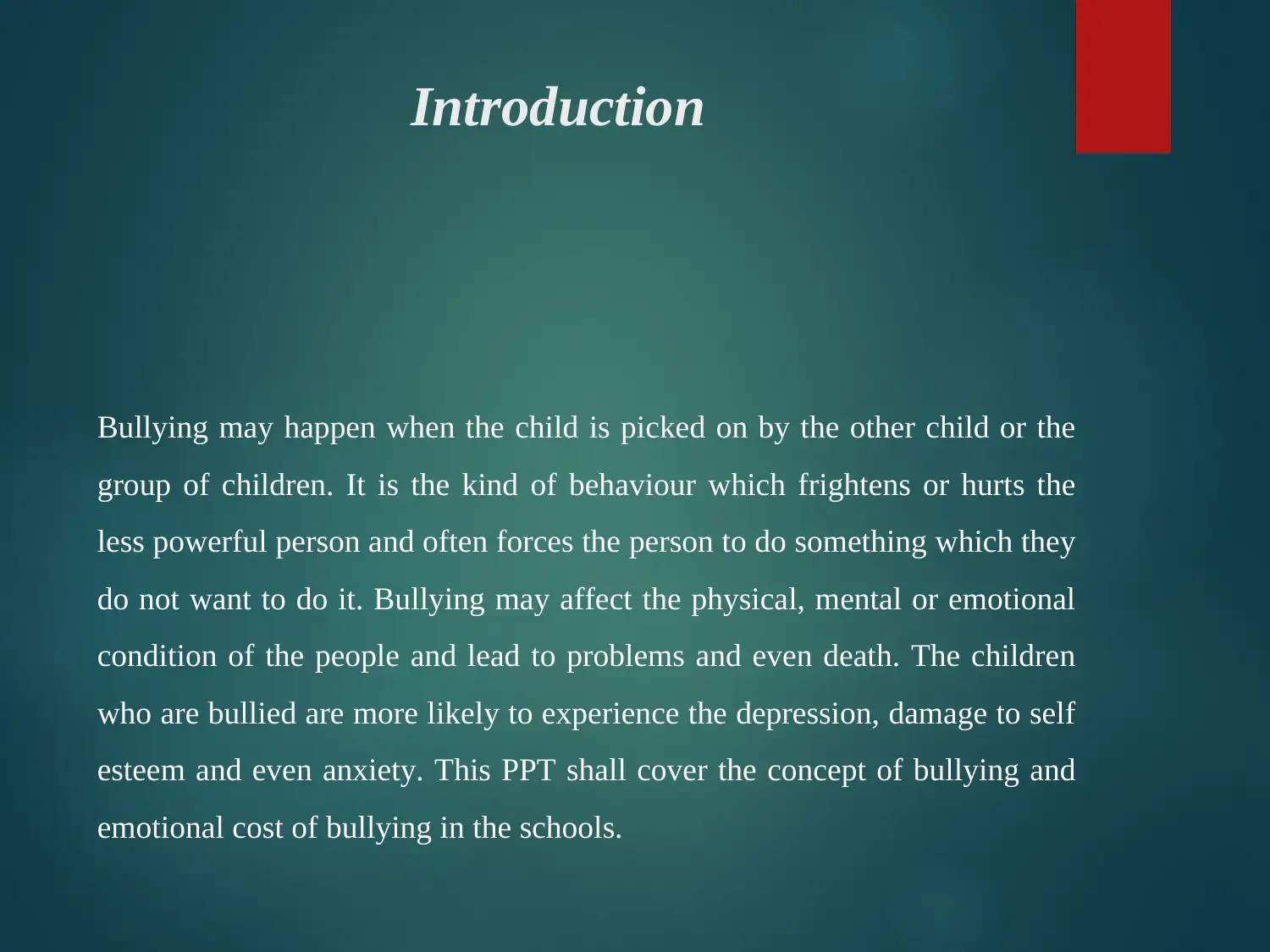

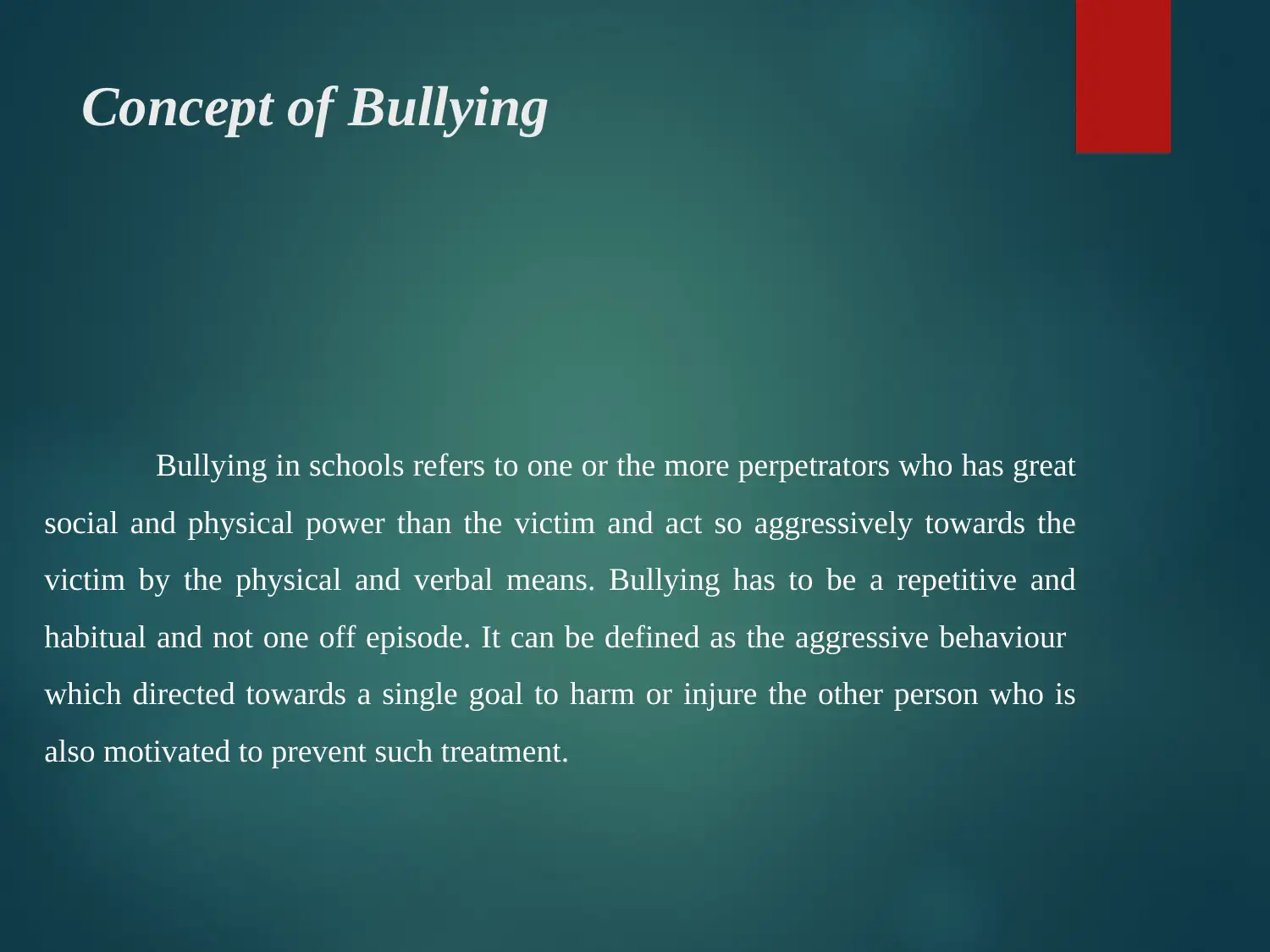
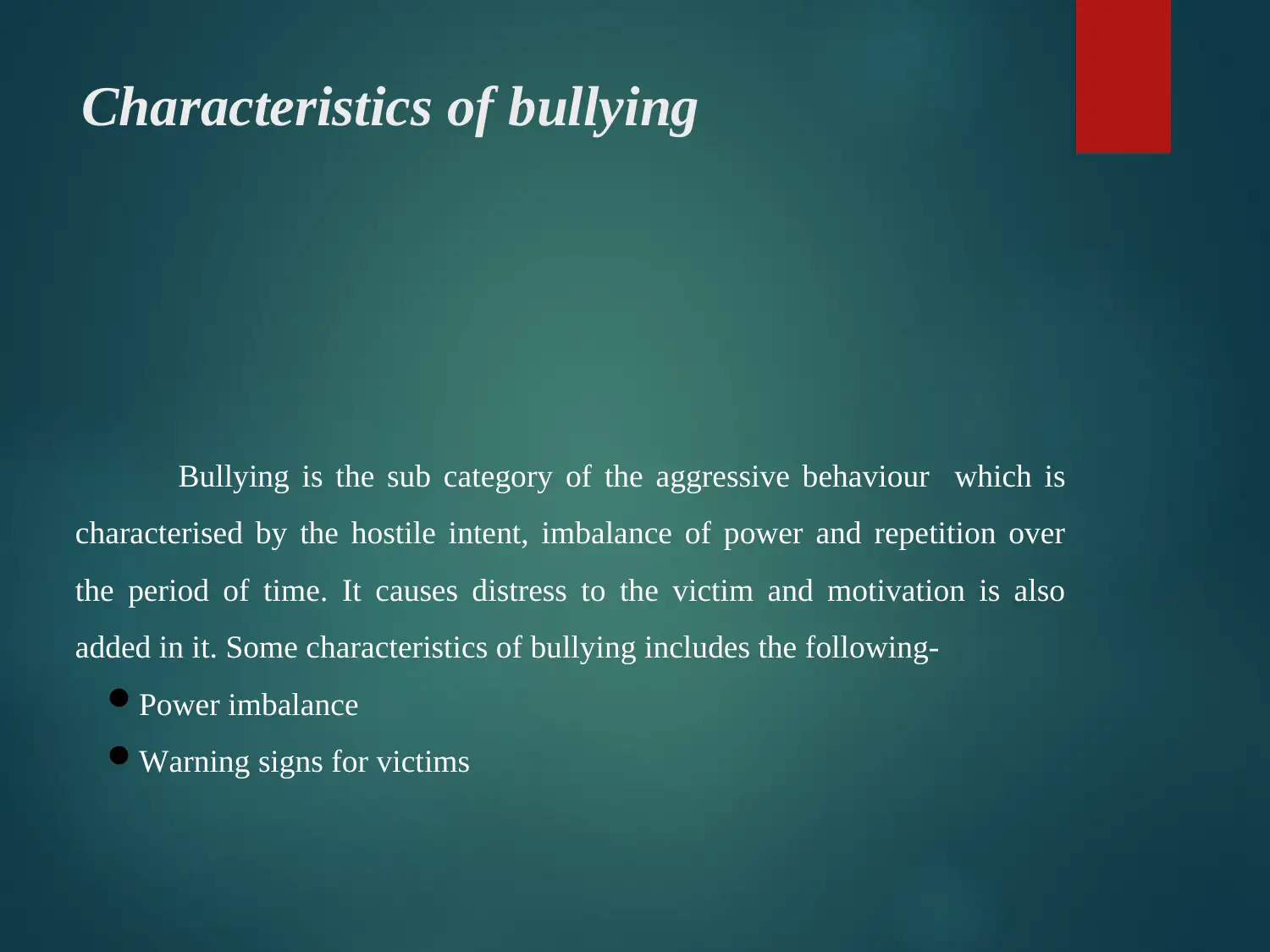
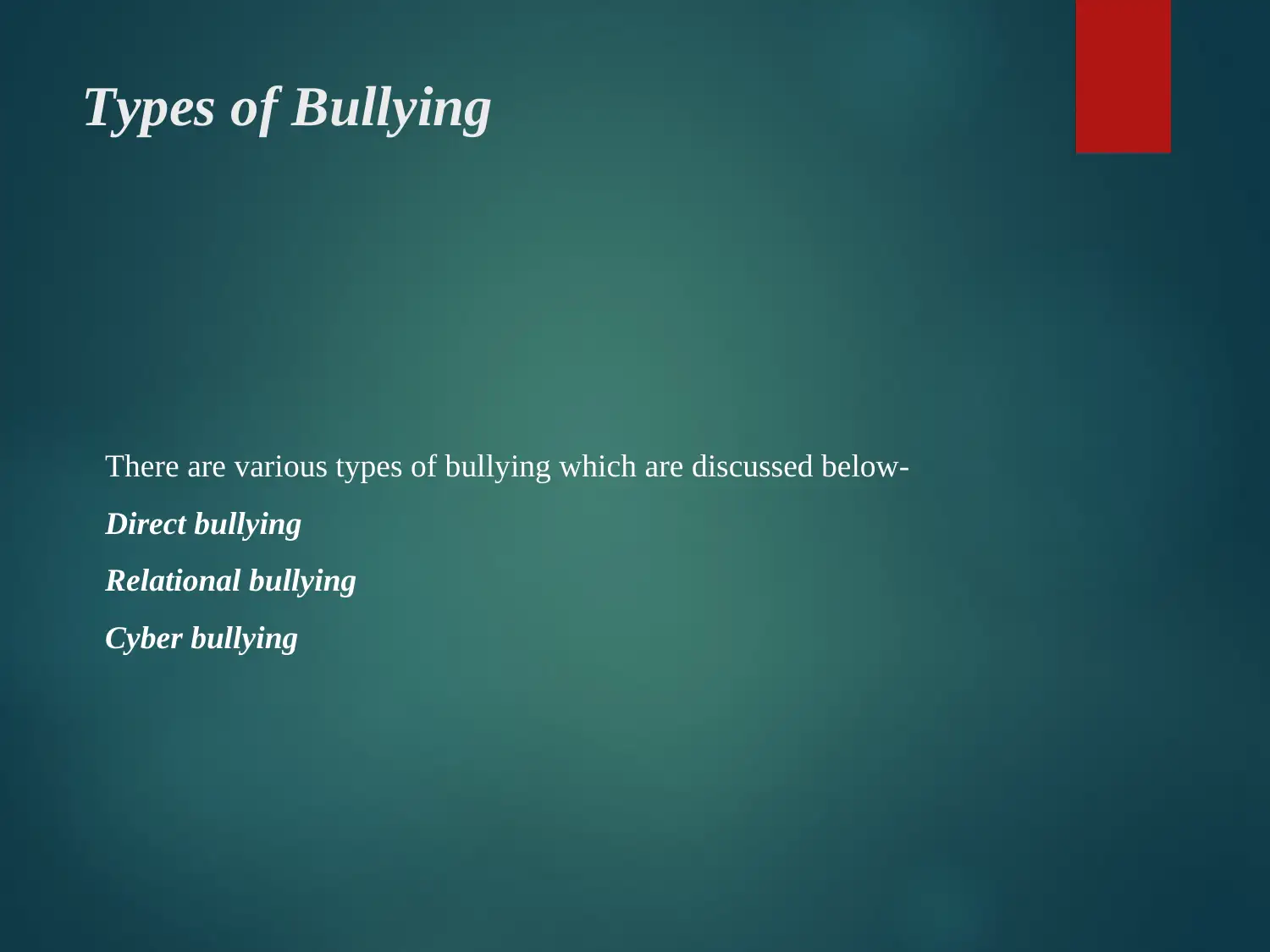

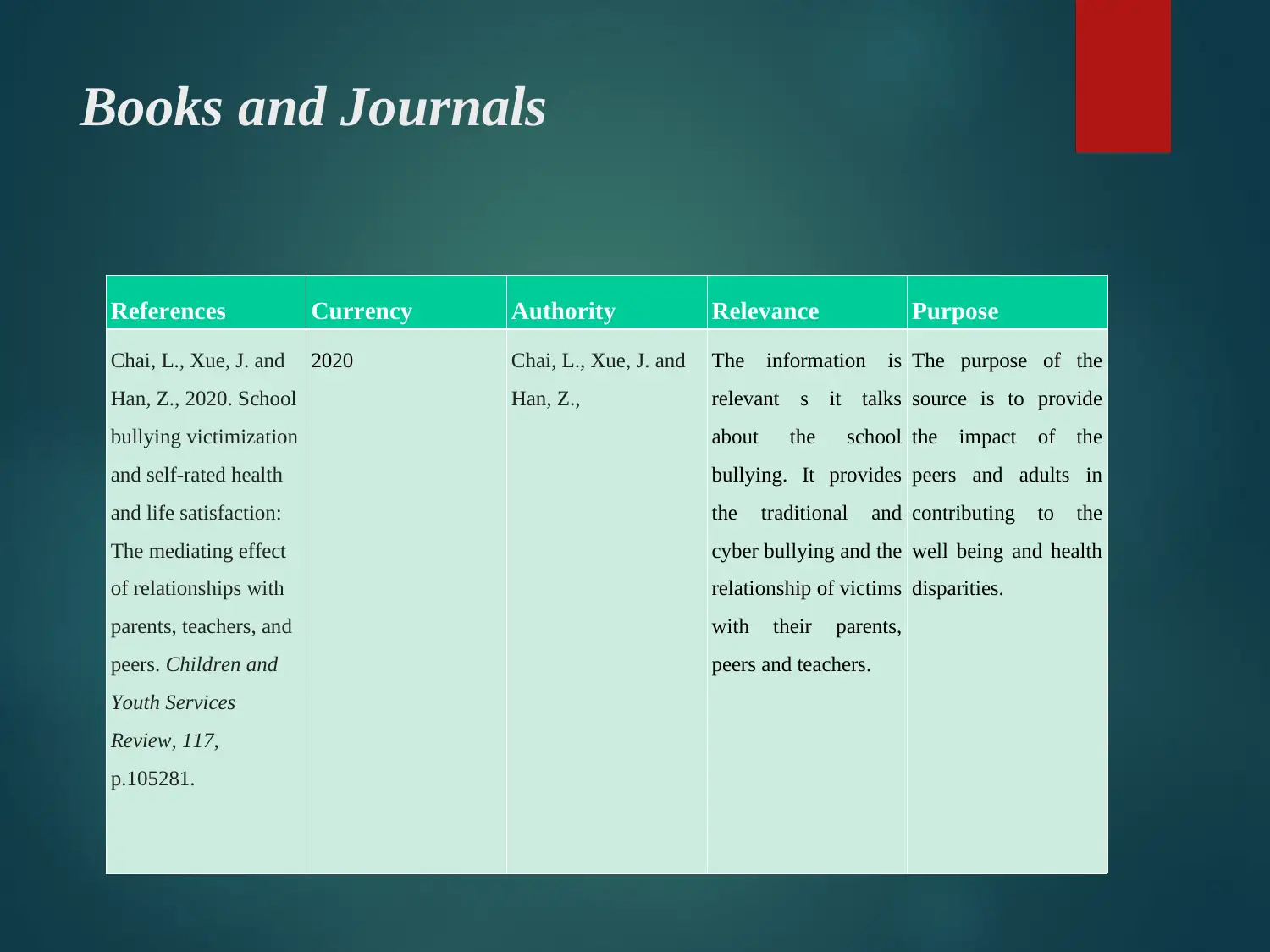
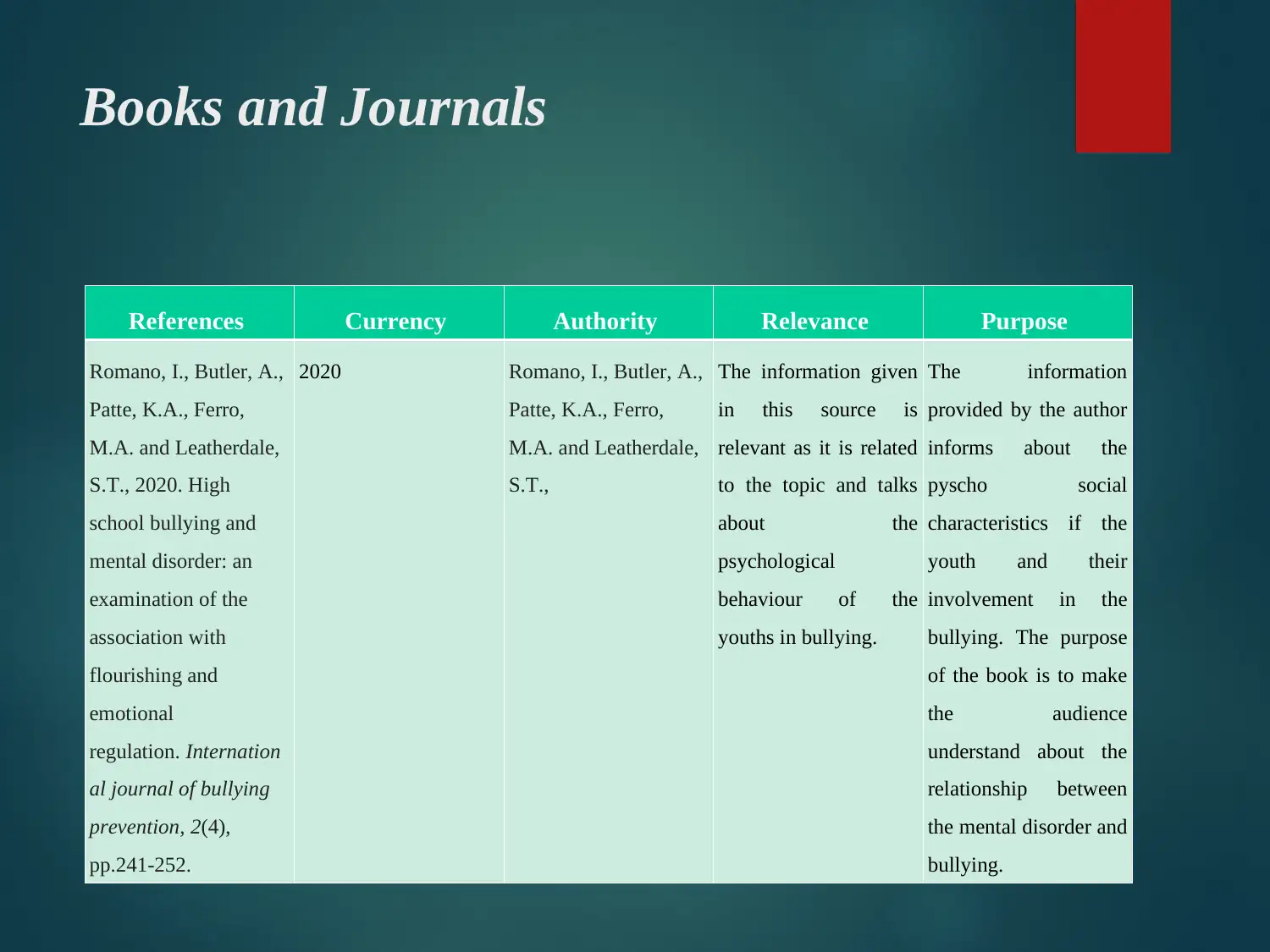
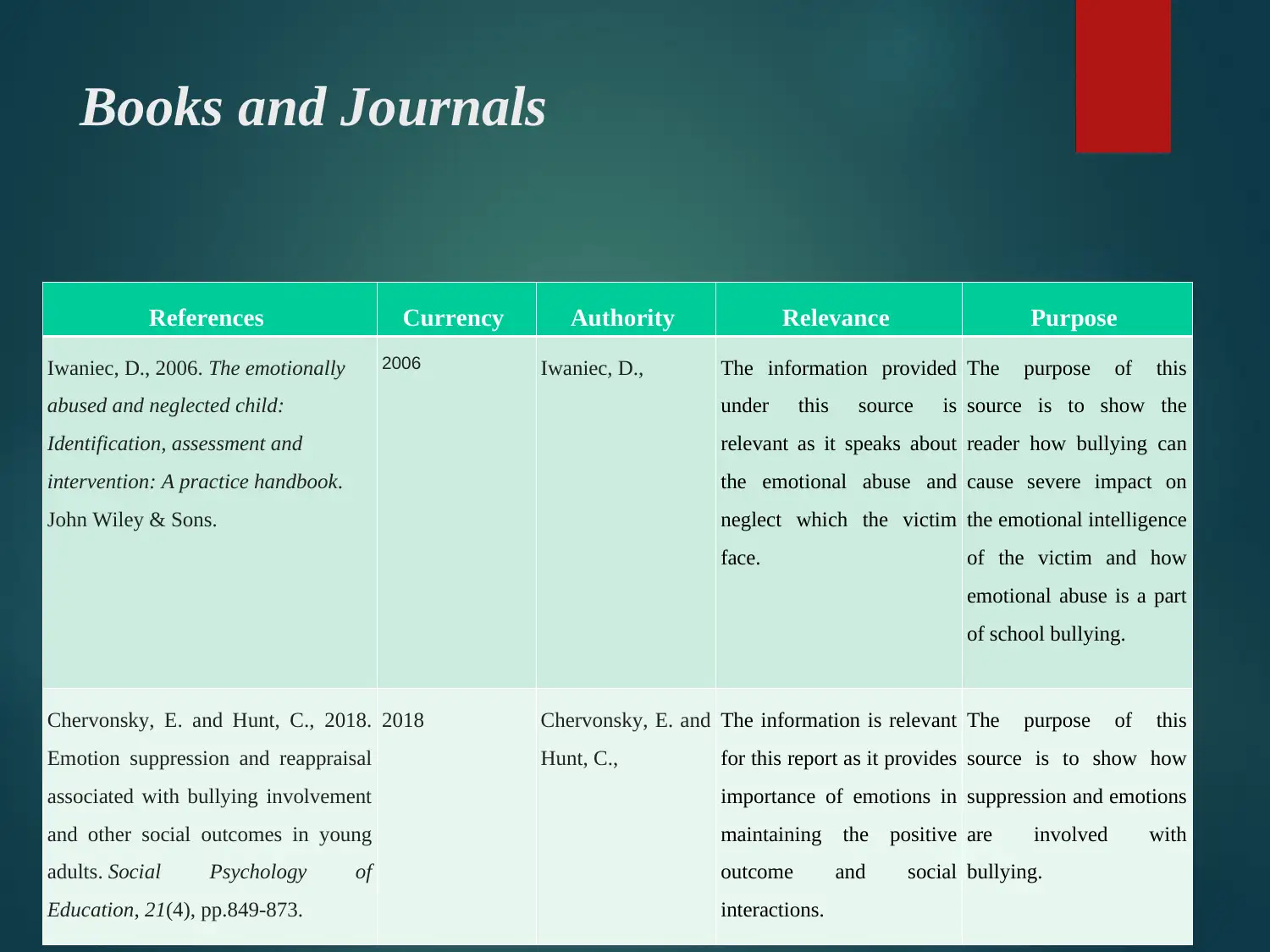
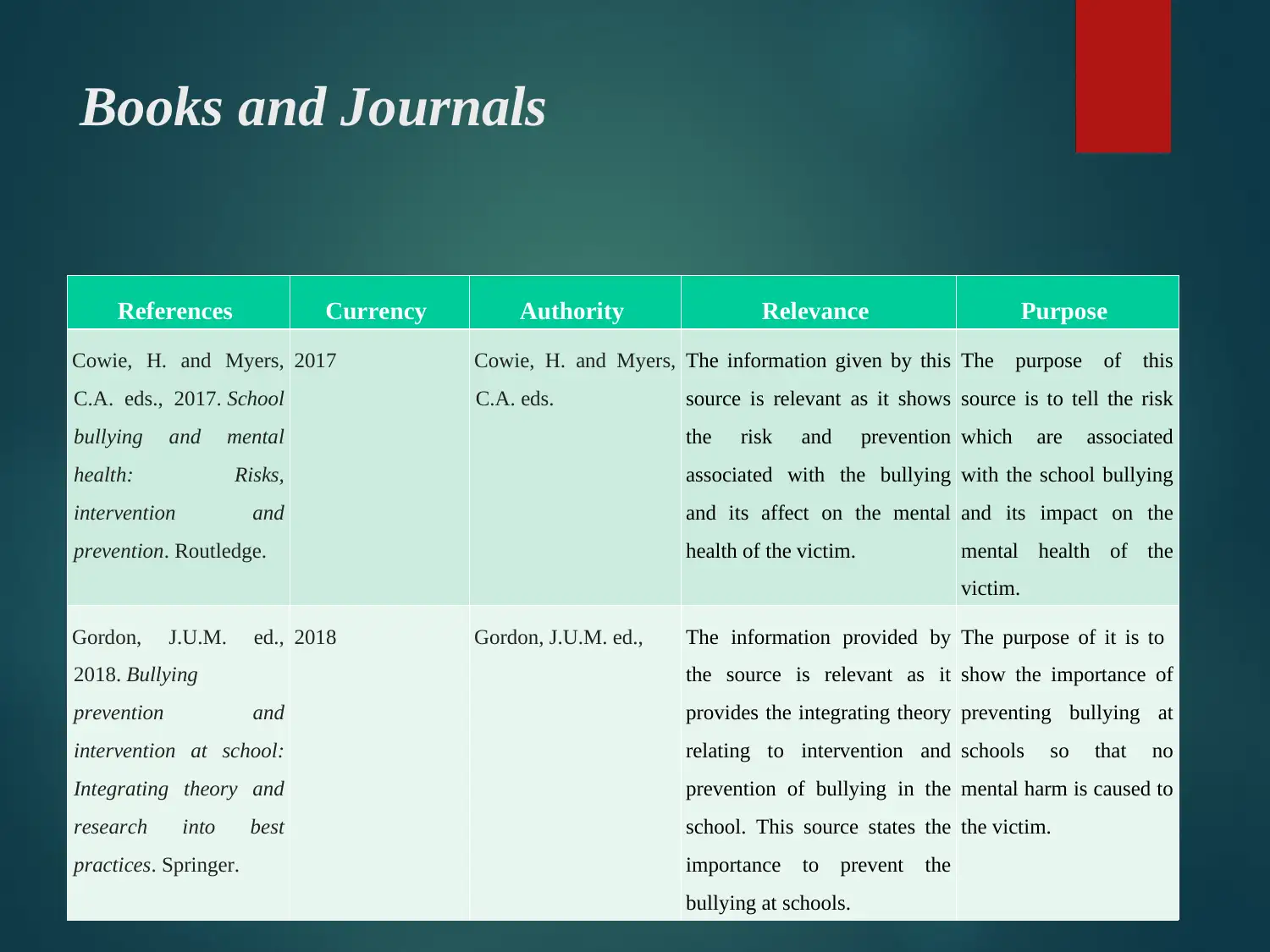
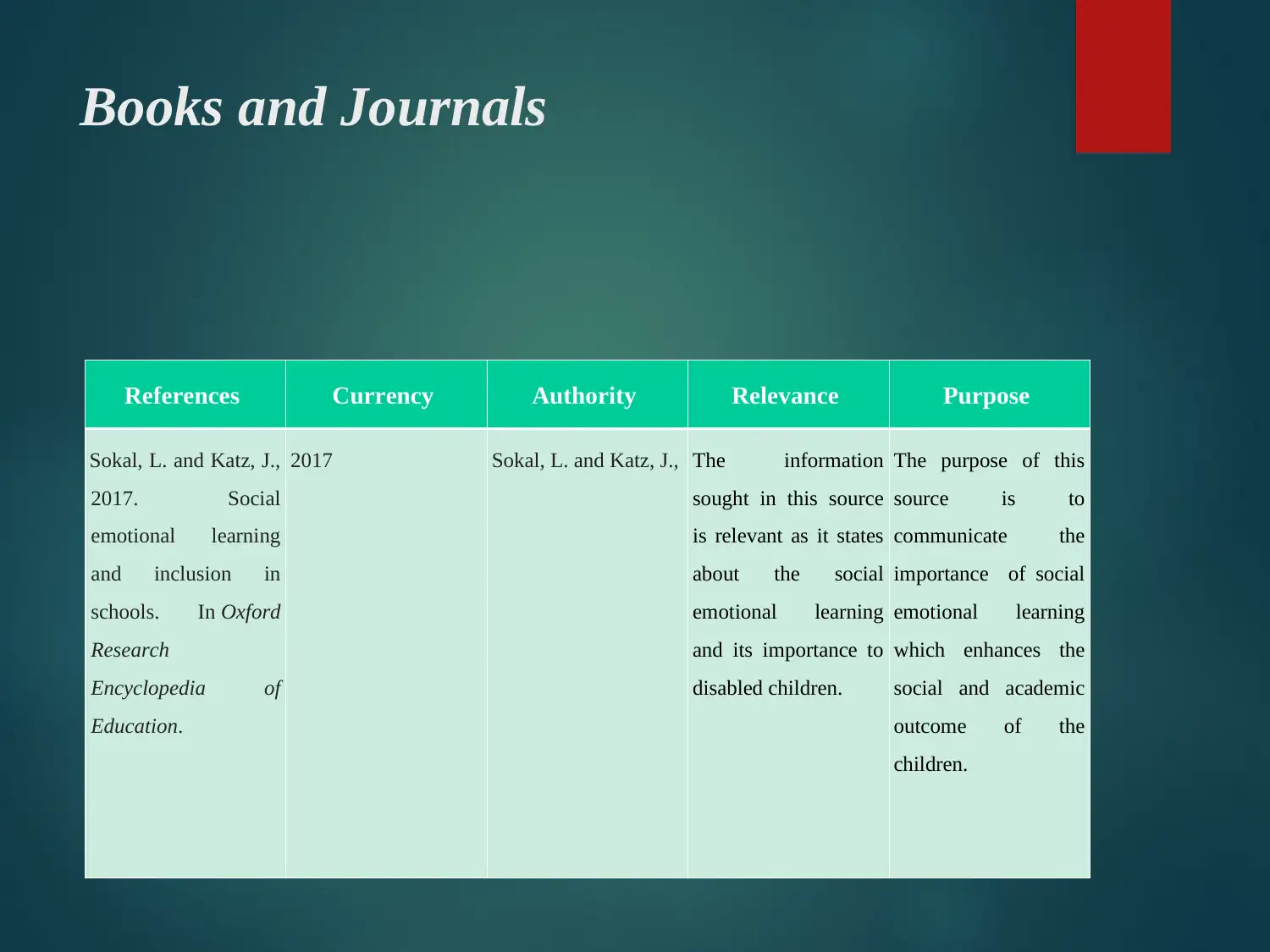
![[object Object]](/_next/static/media/star-bottom.7253800d.svg)